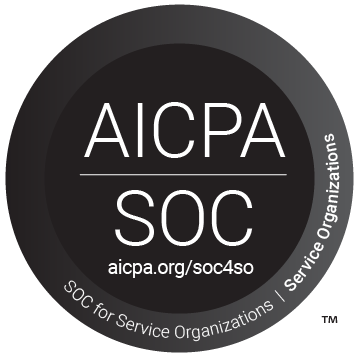Resources
Explore more information about DigitalMint or request our Cybersecurity and Compliance documentation below.
Privacy Policy
Review our Privacy Policy to understand our practices regarding the processing of personal information.
Terms of Service
Review our Terms of Service which govern the use of DigitalMint services.
BSA/AML & Sanctions Compliance
DigitalMint adheres to strict, regulated AML/BSA and Sanctions compliance requirements and maintains all required state licenses and registrations.
Penetration Tests
DigitalMint's website and applications undergo annual third-party penetration tests and regular vulnerability scans.
SOC 2 Type 2 Report
Request a copy of DigitalMint's SOC 2 Type 2 report below. Audit period: January 1 to June 30, 2025
DigitalMint Cyber 2024 Year in Review
Ransomware Case Trends: Key Variants, Affected Sectors, and Industry Insights
Compliance
NIST
We align our security practices with NIST cybersecurity guidelines to ensure strong risk-based protection of our systems and data.

SOC 2 Type 2
Request a copy of our latest SOC 2 Type 2 attestation.

BSA/AML & Sanctions Compliance
Monitoring
Subprocessors
DigitalMint uses the third party service providers below to provide its services. Annual compliance and security due diligence reviews are performed for each third party service provider.
Airtable
Cloud-based platform for creating and sharing relational databases
ClickUp
Project management software
DocuSign
eSignature platform used for sending/signing contracts and identity verification services
Dropbox
Cloud-based file storage
GitHub
Code change tracking and version control
Google Cloud
Cloud resource services
Google Workspace
Identity and email accounts
Slack
Team collaboration platform
Unit21
Transaction monitoring and case management services
